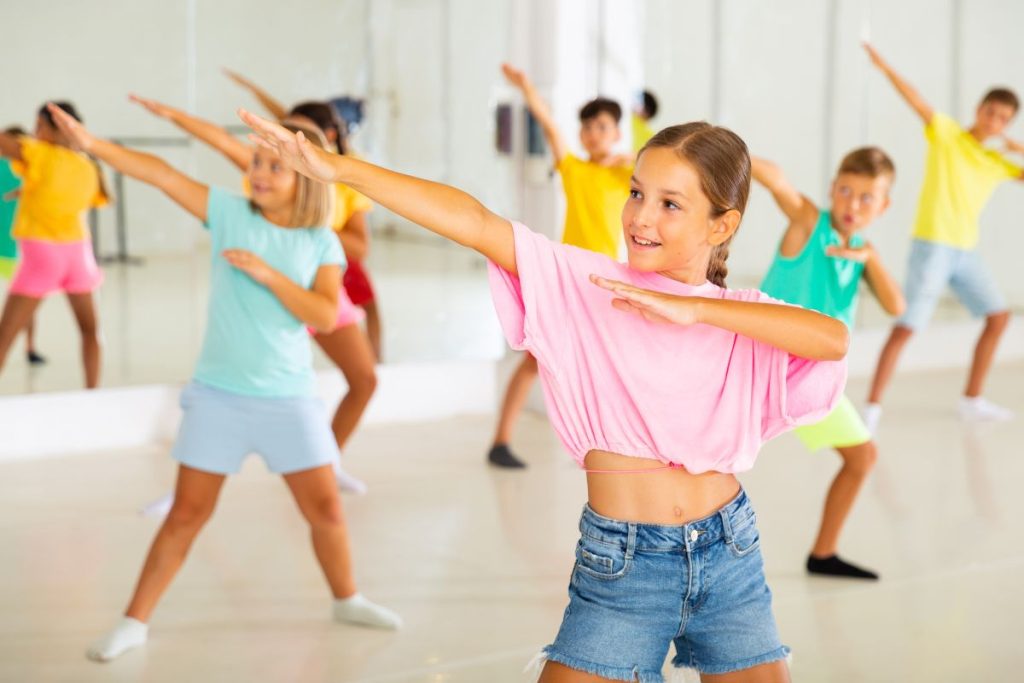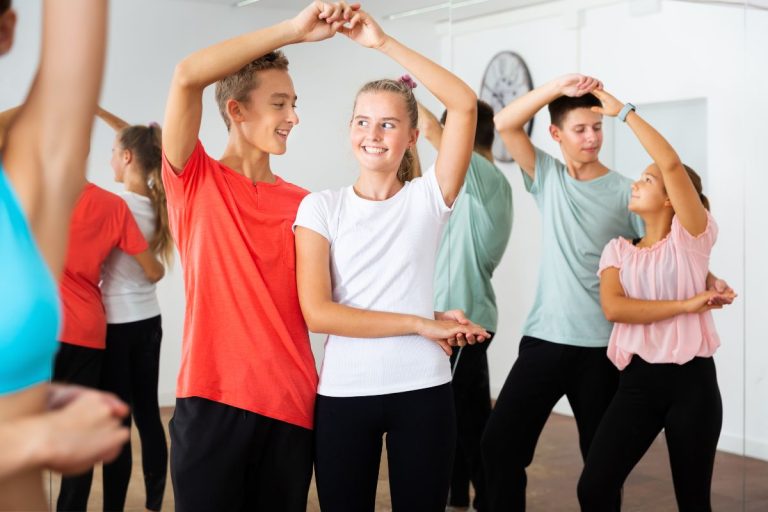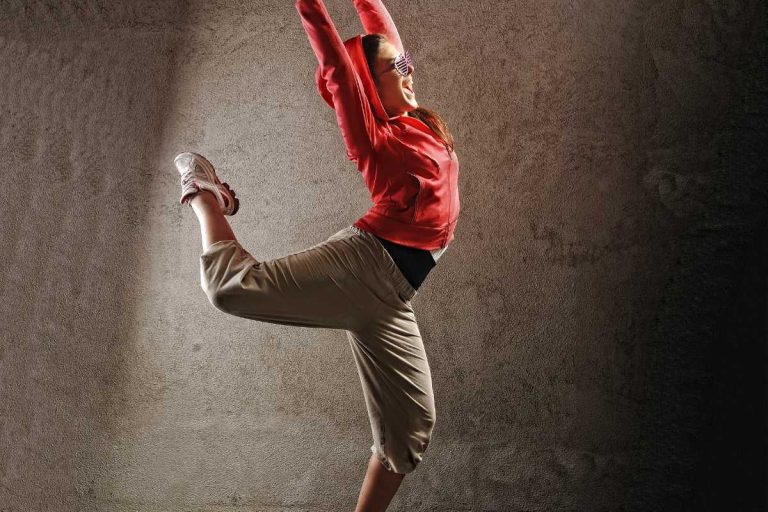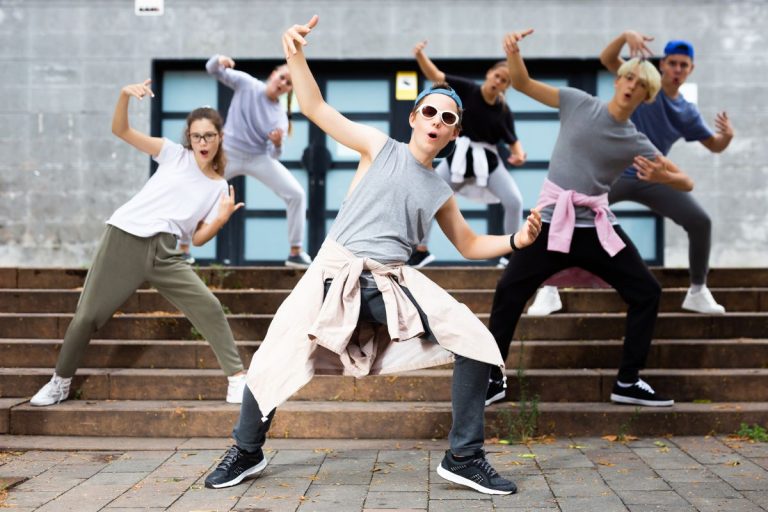Dance is a universal language that transcends age and holds a special allure for children. It is an enjoyable and energetic activity and contributes significantly to a child’s physical, cognitive, and emotional well-being. In this article, we will explore the top ways to make youth dance activities entertaining and conducive to their overall health and development.
The Value of Dance for Kids
Before delving into specific techniques, it’s crucial to highlight dance’s numerous benefits to children. Dance enhances physical fitness by promoting movement, flexibility, and coordination. It is a powerful outlet for emotional expressiveness, enabling children to convey feelings that words sometimes cannot. Moreover, dance fosters social skills and cognition, encouraging teamwork, discipline, and the development of rhythm. By nurturing creativity and self-discipline, dance contributes to the formation of healthy, well-rounded individuals, helping children channel their energy and build self-confidence.
Use Playful Themes and Storytelling
One effective way to make dance activities more engaging for kids is to incorporate playful themes and storytelling. Children are naturally drawn to stories, so integrating them into dance routines captures their imagination and active participation. Consider basing a dance routine on a favourite storybook character or animated film, allowing children to bring these characters to life through movement. This makes the activity more enjoyable and encourages creativity in the process.
Use Interactivity
Incorporating interactive technology into dance activities can significantly enhance engagement in the digital age. Introduce dance-based computer games or applications that guide children through dance patterns on a screen. This aligns with the preferences of tech-savvy youngsters and makes the learning process more interactive and enjoyable. By leveraging technology, dance activities become more accessible and appealing to a broader range of children.
Promote Positivity and Inclusiveness
Creating a positive and inclusive environment is essential for kids’ dance activities. Ensure that the atmosphere is friendly, encouraging, and free from judgment. This approach helps shy or hesitant children feel more comfortable, fostering a sense of community. Emphasize the joy of dancing over perfection and celebrate individual accomplishments, cultivating a passion for dance beyond mere physical motions.

Introduce Dance Styles
Variety is the spice of life, and the same holds for dance activities for kids. Introduce diverse dance styles, from ballet to hip-hop, jazz to folk dances. By exposing youngsters to various types, they learn different movements and rhythms and discover their own preferences and abilities. This diversity adds an element of excitement, making dancing more enjoyable and personalized for each child.
Dance Games Promote Creativity
Incorporate dance games into activities to infuse an element of fun and creativity. Games like “Freeze Dance,” where children dance until the music stops and then freeze, promote active listening and spontaneity. “Mirror Dance” is another enjoyable activity where kids take turns reflecting on each other’s movements. These games not only make dance enjoyable but also contribute to the improvement of coordination, rhythm, and teamwork.
Display and Celebrate Success
Acknowledging and celebrating success is a powerful motivator for children. Schedule showcases for youngsters to perform for parents, friends, and peers, providing them with a tangible goal to work towards. By celebrating significant and small achievements, children learn that dancing is not just about performance but also personal progress and self-discovery. This approach fosters confidence and a positive attitude towards dance.
Conclusion
Implementing these top-notch approaches can transform youngsters’ dance activities into a holistic and enjoyable means of self-expression and development. Whether through creating a positive environment, incorporating technology, or introducing diverse dance forms, parents, schools, and dance teachers can play a crucial role in helping children enjoy and benefit from dancing. Through creativity, inclusion, and celebration, dance can become a source of joy for youngsters, contributing to their physical, emotional, and cognitive well-being.




